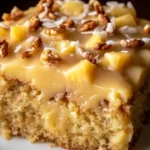Table of Contents
Table of Contents
Fluffy, sweet, and often filled with rich cream or jam, Bombolini (Italian Donuts) are a beloved treat found in bakeries all over Italy—and now, kitchens around the world. Unlike typical American donuts, these pillowy delights are fried golden and dusted with sugar, often bursting with custard, Nutella, or fruit preserves. But what exactly makes bomboloni so special? How are they different from regular doughnuts, zeppole, or even ciambelle? Can you bake them instead of frying? We’re diving deep into everything bombolini—how to make them, what sets them apart, and even which oil gives them that perfect crisp.
Don’t miss our guide to making perfect cinnamon rolls if you love sweet, homemade dough!
Essential Ingredients for Bombolini (Italian Donuts)
Here’s everything you’ll need to make soft, fluffy, golden bombolini at home—using pantry staples and a few rich additions for that authentic Italian bakery taste.
Dry Ingredients
- 3 ½ cups all-purpose flour – gives structure to the dough (you can sub with bread flour for a chewier texture)
- ¼ cup granulated sugar – adds sweetness to the dough
- 1 tsp salt – balances out the flavors
- Zest of 1 lemon (optional) – for a touch of citrusy aroma, common in Italian pastries
Yeast & Rising Agents
- 2 ¼ tsp active dry yeast (1 packet) – activates the rise (can use instant yeast, adjust proofing time slightly)
- ¾ cup warm milk (about 110°F) – activates the yeast; avoid overheating
- 1 tsp sugar (extra, for activating yeast) – helps yeast bloom
Wet Ingredients
- 2 large eggs – adds richness and helps bind the dough
- ¼ cup unsalted butter (softened) – creates a tender, moist crumb
- ½ tsp vanilla extract – enhances overall flavor
- 2 tbsp warm water – helps bring the dough together (only if needed)
For Frying
- Vegetable oil or sunflower oil – neutral oils with high smoke points; perfect for deep-frying
- See more about this in how to choose the best oil for frying
For Coating
- ½ cup granulated sugar – for rolling the bombolini after frying
- Optional: Cinnamon sugar for a warm, spiced twist
For Filling (Optional but Highly Recommended)
- Pastry cream or custard – the traditional filling
- Nutella or chocolate ganache – for a rich, indulgent treat
- Fruit preserves or jam – adds a fruity contrast to the rich dough
- Whipped ricotta or mascarpone – for an Italian bakery-style experience
Looking for a healthier sugar alternative? Check out our how to make sugar-free peanut butter for pantry swaps that work!
Step-by-Step: How to Make Bombolini (Italian Donuts)
Step 1: Activate the Yeast
In a small bowl, mix warm milk (110°F), 1 teaspoon sugar, and active dry yeast. Stir and let sit for 10 minutes until foamy.

Step 2: Make the Dough
In a large bowl or stand mixer, combine flour, remaining sugar, salt, and lemon zest (optional). Add eggs, vanilla extract, and yeast mixture. Mix until dough begins to form. Gradually add softened butter and knead for 8–10 minutes until smooth and elastic.
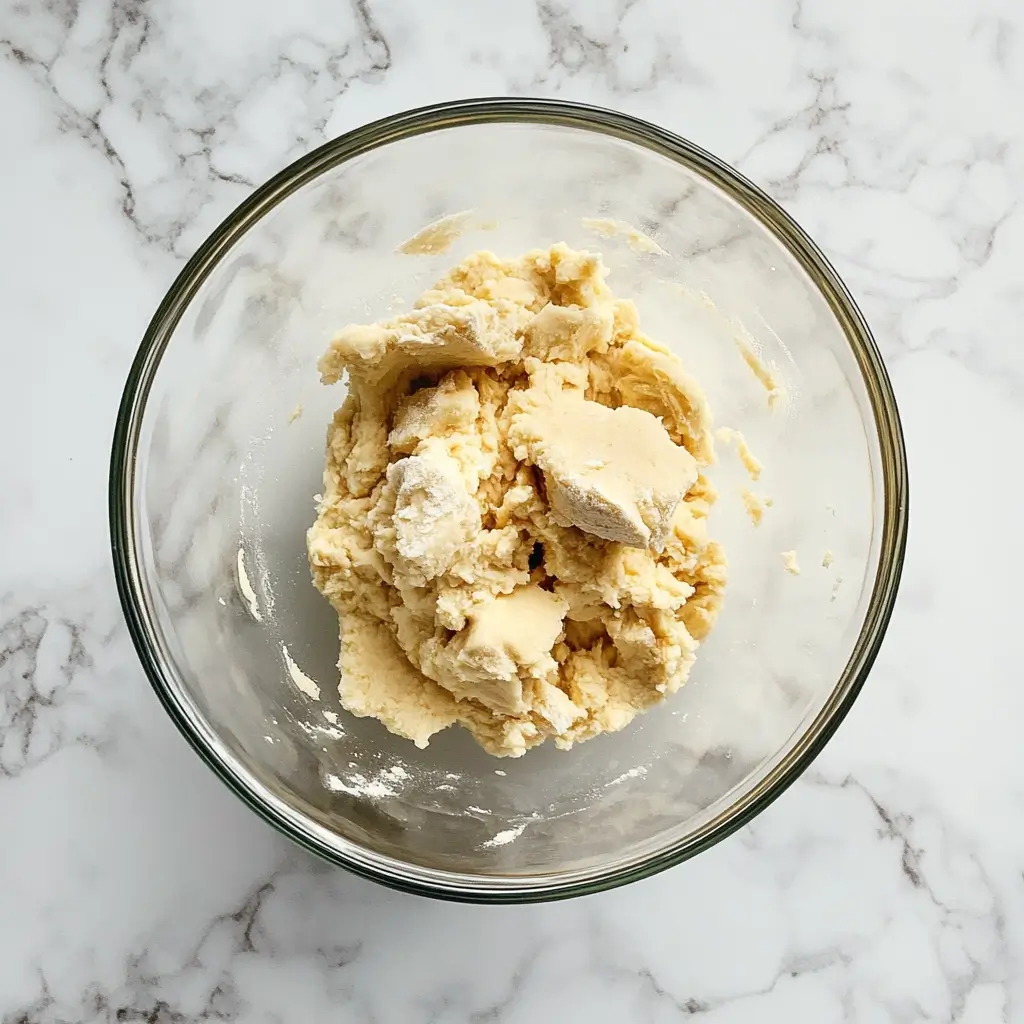
Step 3: First Rise (Proofing)
Transfer dough to a greased bowl, cover, and let rise in a warm place for 1½ to 2 hours, or until doubled in size.
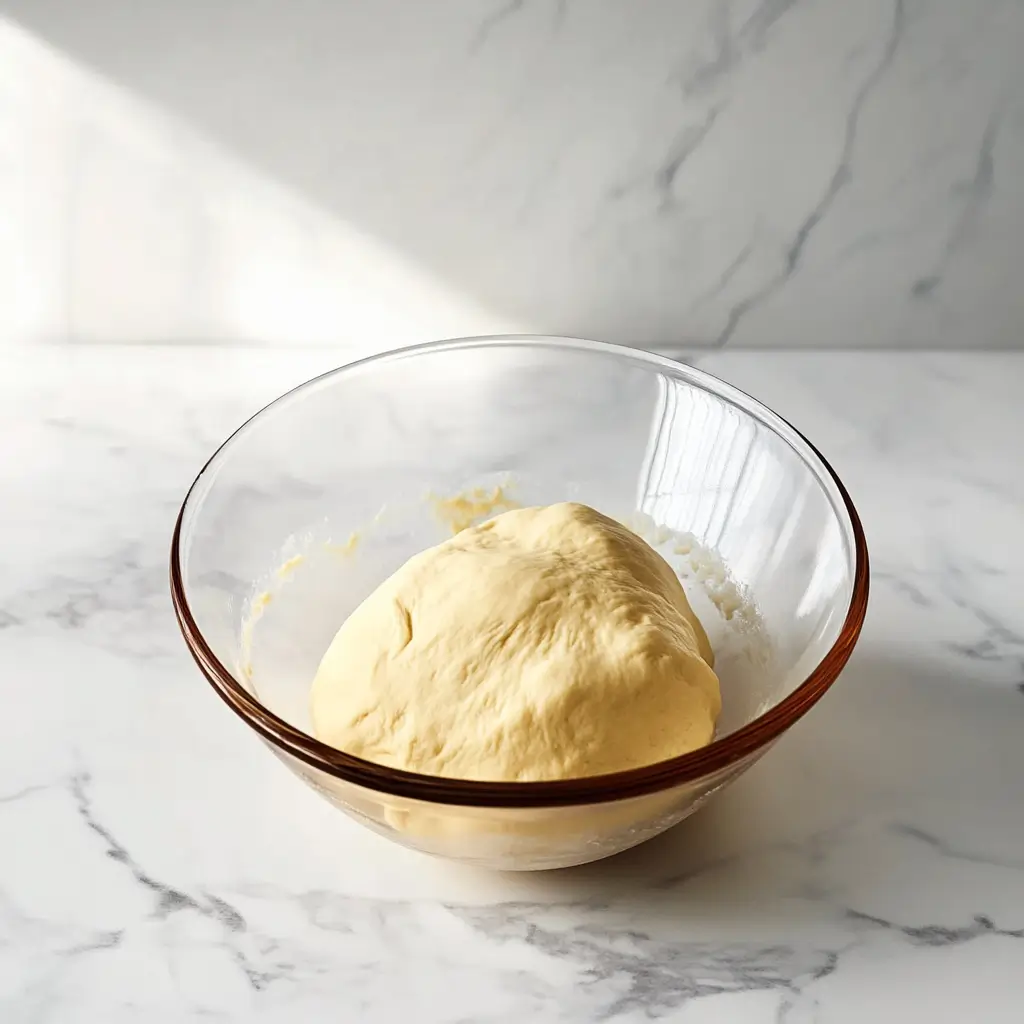
Step 4: Shape and Second Rise
Roll out dough to ½ inch thickness on a floured surface. Cut into circles using a 2–3 inch round cutter. Place on a parchment-lined tray, cover, and let rise for another 30–45 minutes.
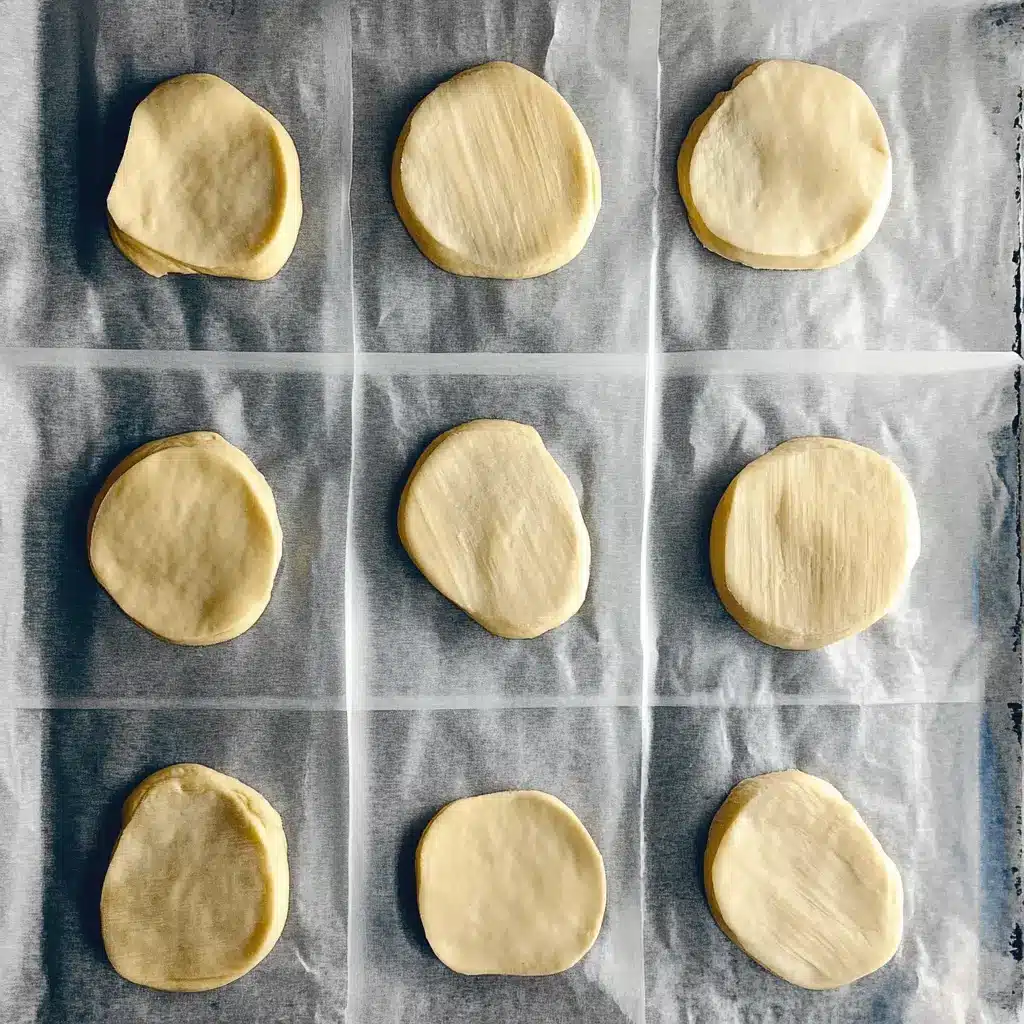
Step 5: Fry and Fill
Heat oil to 340°F–350°F. Fry 2–3 dough rounds at a time, 2–3 minutes per side, until golden. Drain on paper towels and roll in sugar. Once slightly cooled, fill with pastry cream, Nutella, or jam using a piping bag.
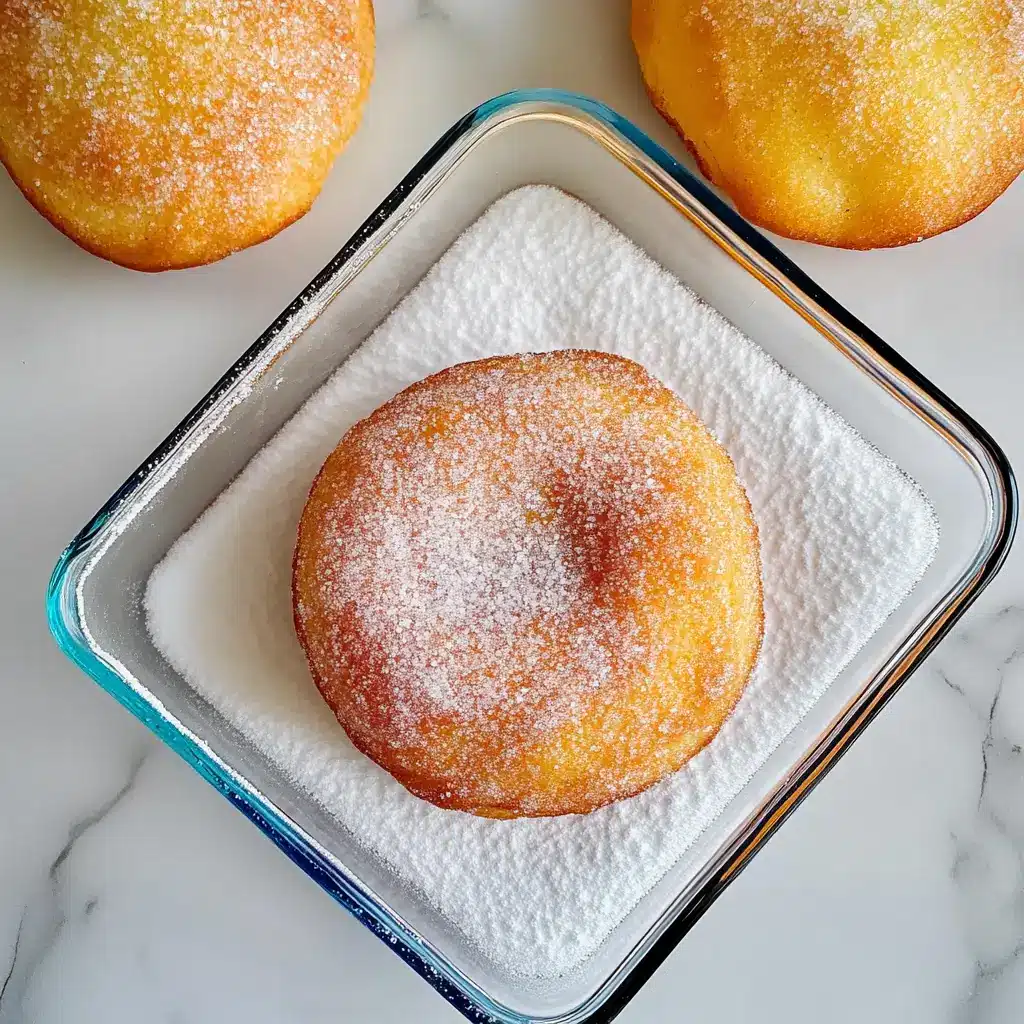
Want to see another creative recipe with a creamy center? Check out our Boston Cream Pie Cupcakes.
Expert Tips for Making Perfect Bombolini (Italian Donuts)
Use Bread Flour for a Chewier Texture
While all-purpose flour works great, using bread flour adds more gluten, which gives bomboloni a slightly chewier, bakery-style finish.
Don’t Skip the Second Rise
The second proofing helps the dough develop structure and puff up beautifully when fried. Skipping this step often leads to dense or flat donuts.
Maintain Oil Temperature Consistently
Fry in small batches and keep oil between 340°F and 350°F. If the temperature drops too low, the bombolini will absorb oil and become greasy. Too hot, and they’ll brown too fast without cooking through.
Roll in Sugar While Warm
Coating the donuts in sugar right after frying ensures the sugar sticks well and gives them their signature sparkle.
Inject Filling After Frying, Not Before
Filling bomboloni after they’re fried keeps the texture light and prevents the filling from leaking or burning. Use a piping bag with a narrow nozzle for neat results.
Let the Dough Rest Overnight (Optional)
For even deeper flavor, you can make the dough the night before and let it rise slowly in the refrigerator. Just bring it back to room temperature before shaping.
Looking for more fried dessert ideas? Discover great ideas like our How to Make Crystallized Ginger to level up your dessert table!
Common Mistakes to Avoid When Making Bombolini (Italian Donuts)
1. Using Milk That’s Too Hot or Too Cold
If your milk is too hot, it can kill the yeast. Too cold, and it won’t activate properly. Always aim for around 110°F—warm to the touch, not hot.
2. Overworking or Underworking the Dough
Kneading too little can result in flat, dense donuts. Kneading too much can make the dough tough. Mix just until it’s smooth, elastic, and slightly tacky—not sticky.
3. Skipping the Second Rise
Many skip the second proof to save time, but this results in bomboloni that are dense and won’t puff properly. Always allow enough time for both rises.
4. Frying at the Wrong Temperature
Oil that’s too cool will make the donuts oily and soggy. Too hot, and they’ll burn on the outside but stay raw inside. Maintain the oil temperature between 340°F and 350°F throughout the process.
5. Overcrowding the Fryer
Frying too many at once lowers the oil temp and causes uneven cooking. Fry in small batches for consistent golden-brown results.
6. Filling While Still Hot
Let the bombolini cool slightly before filling. Injecting while they’re too hot can cause the filling to melt or leak.
7. Not Eating Them Fresh
Bombolini are best enjoyed fresh the same day. Waiting too long makes them lose their soft texture and sugar coating.
Don’t miss our How to Make Lazy Enchiladas if you’re into simple but satisfying recipes made with love.
How to Store and Reheat Bombolini (Italian Donuts)
Storing Bombolini
Room Temperature (Best for Same-Day Enjoyment):
Place unfilled or filled bombolini in an airtight container lined with paper towels to absorb moisture. Store at room temperature for up to 1 day. After that, they begin to lose their soft texture and fresh flavor.
Refrigeration (For Filled Bombolini Only):
If your bombolini are filled with custard, cream, or dairy-based fillings, store them in the refrigerator. Place them in a sealed container and eat within 2–3 days. Note: the sugar coating may melt slightly due to condensation.
Freezing (For Longer Storage):
Freeze unfilled bombolini after frying and cooling. Wrap individually in plastic wrap, then place in a freezer-safe bag or airtight container. Store for up to 2 months. Thaw at room temperature before reheating.
Reheating Bombolini
Oven or Toaster Oven (Best Method):
Preheat your oven to 300°F (150°C). Place bombolini on a baking sheet and heat for 5–7 minutes until warmed through. This restores their outer crispness while keeping the inside soft.
Air Fryer (Quick Option):
Set your air fryer to 280°F (140°C) and reheat for 3–4 minutes. Avoid overheating to keep the filling from leaking.
Microwave (Not Recommended for Texture):
Use only if you’re short on time. Heat for 10–15 seconds, but note the dough may become chewy and lose its crisp sugar coating.
FAQs About Bombolini (Italian Donuts)
What is the difference between doughnuts and bomboloni?
While both are fried dough pastries, bomboloni have Italian origins and are usually round without a hole. They’re often lighter, less sweet, and filled after frying. American doughnuts, on the other hand, are typically sweeter and either have a hole or are filled before cooking.
What is the difference between bomboloni and ciambella?
Ciambella is another Italian pastry, but it’s usually ring-shaped and often baked rather than fried. Bomboloni are round, deep-fried, and filled, giving them a more decadent, donut-like texture. Both are delicious, but quite different in taste and preparation.
Can you bake bomboloni?
Yes, you can! While traditional bombolini are fried for that classic texture, you can bake them at 375°F (190°C) for about 10–12 minutes. They won’t have the same crispy outer layer, but they’ll still be light and fluffy inside—great for a healthier twist.
How are bomboloni different than zeppole?
Zeppole are usually smaller and less uniform in shape, often served during Italian festivals. They’re made with a choux-style dough and sometimes dusted with powdered sugar. Bombolini are made from a yeasted dough, filled with cream or jam, and coated in granulated sugar.
How are bomboloni different than donuts?
Besides being Italian, bomboloni differ from traditional donuts in their preparation. They’re usually filled after frying, often denser and less sugary, and don’t always have a hole. They’re also commonly eaten fresh, rather than stored long-term like store-bought donuts.
What is the best oil for frying donuts?
Neutral oils with a high smoke point are ideal. Vegetable oil, canola oil, or sunflower oil are commonly used. They won’t alter the flavor of the bomboloni and ensure an even, golden fry.
Are there different names for bomboloni?
Yes! Depending on the region of Italy, bombolini may be called different things. In Tuscany, they’re known as bomboloni, while in other areas they might be called krapfen (especially in the north, influenced by Austrian cuisine). But no matter the name, the indulgent taste is unmistakable.
Conclusion: Bring the Joy of Bombolini (Italian Donuts) Into Your Kitchen
From the very first bite, Bombolini (Italian Donuts) offer a taste of pure indulgence—fluffy, golden dough with a sweet filling that bursts with flavor. Whether you enjoy them filled with pastry cream, dusted in sugar, or served plain and warm, there’s no denying their charm.
Now that you know how to make authentic bombolini, understand their differences from doughnuts, zeppole, and ciambella, and even how to reheat and store them properly, you’re ready to create bakery-quality treats right in your own home. Don’t be afraid to get creative with fillings or try baking them for a lighter version. They’re perfect for breakfast, dessert, or an anytime treat that brings joy to the table.
Want to learn more about recipes, and wellness tips? Follow us on Facebook for daily updates! Visit our Facebook page here.

Bombolini (Italian Donuts)
Ingredients
Method
- Activate the Yeast: In a small bowl, mix warm milk, 1 tsp sugar, and yeast. Stir and let sit for 10 minutes until foamy
- Make the Dough: In a large bowl or mixer, combine flour, sugar, salt, and zest. Add eggs, vanilla, and yeast mixture. Mix, then knead in butter until dough is soft, elastic, and slightly sticky.
- First Rise (Proof): Place the dough in a greased bowl, cover, and let rise in a warm spot for 1½–2 hours, or until doubled in size.
- Shape and Second Rise: Roll dough to ½ inch thick on a floured surface. Cut into 2–3 inch rounds. Place on parchment-lined tray, cover, and let rise for 30–45 minutes.
- Fry and Fill: Heat oil to 340°F–350°F. Fry donuts 2–3 minutes per side until golden. Drain and roll in sugar while warm. Let cool slightly, then fill with your choice of filling.
Nutrition
Notes
- Keep oil temp consistent for best texture
- Fill bombolini only after frying
- Roll in sugar while still warm for better coating

